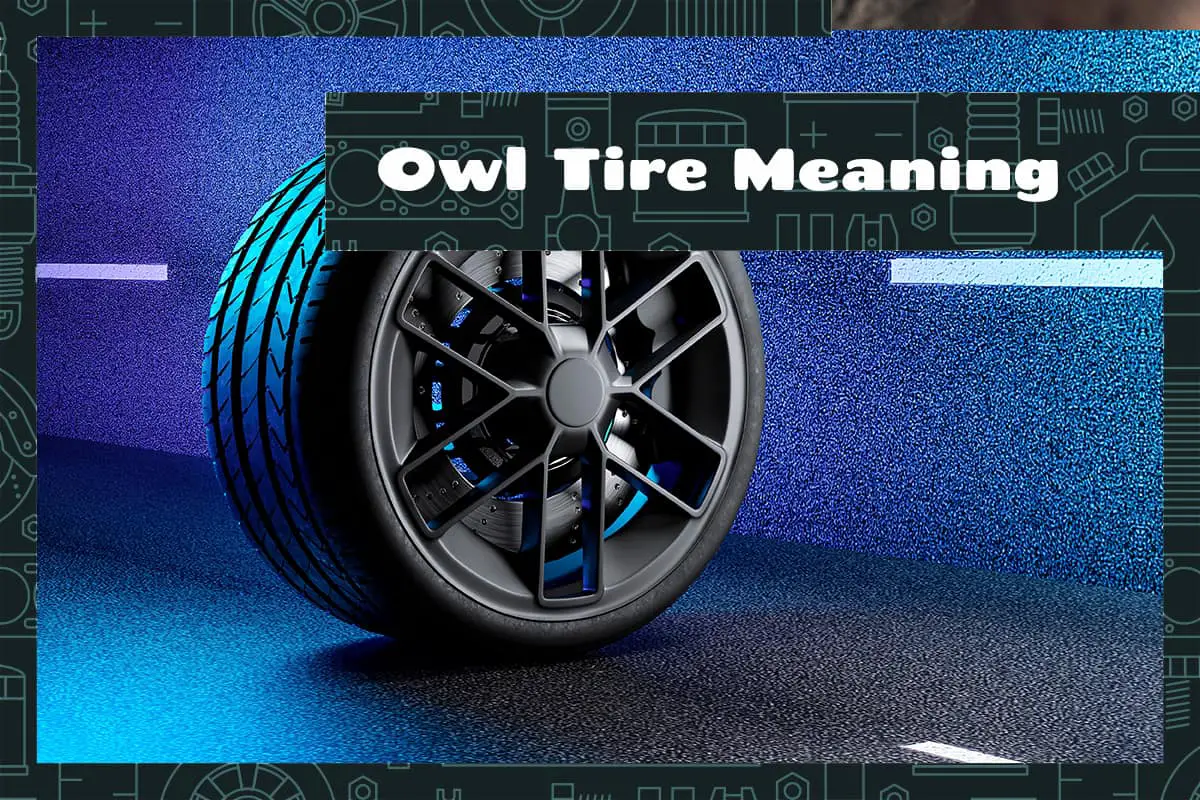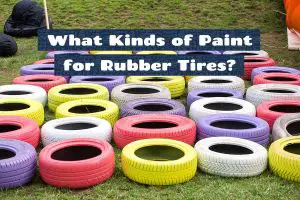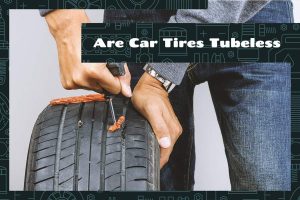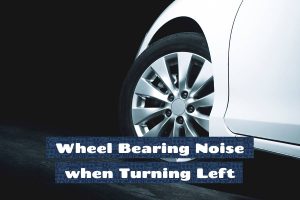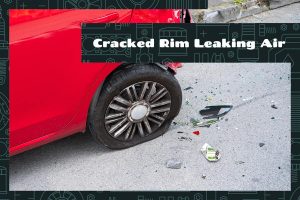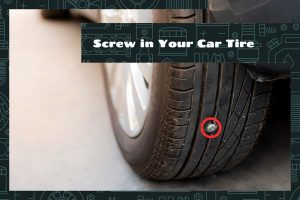While most car owners focus on tire performance and durability, aesthetics also play a role in tire choice. One distinct aesthetic feature that some tires possess is the style of writing on the sidewalls. Something you may have heard about is “OWL” tires, but do you know what they are?
OWL stands for Outlined White Letters. It’s a design where the tire’s lettering is highlighted in white, giving vehicles a distinctive look and emphasizing branding or model details on the tire’s sidewall.
In this article, we’ll learn about the characteristics and benefits of OWL tires, as well as discuss how to care for these tires.
Visual Characteristics of OWL Tires
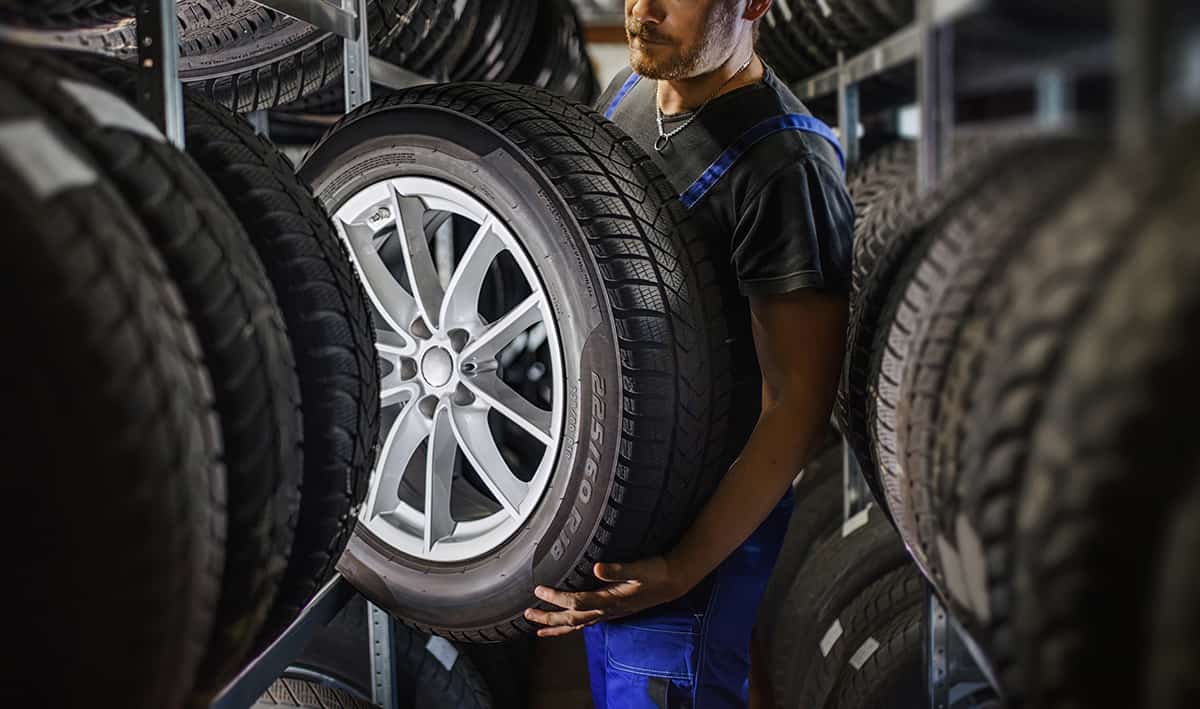
Outlined White Letters, commonly abbreviated as OWL, refer to the distinct white lettering present on the sidewalls of certain tires. These letters typically display the tire brand, model, or other notable details. The appeal of OWL tires is not just in their aesthetics but also in how they convey certain information about the tire itself.
The Distinctive White Outline
Unlike standard black tires where the lettering blends into the background, the white outline in OWL tires is prominent. This is achieved by a specially formulated rubber compound that retains the white color, even when exposed to the elements.
Difference from Standard Tires
While all tires contain information on their sidewalls, OWL tires make this information pop with their stark contrast. When comparing OWL tires to standard black sidewall tires, there are a few things to note:
- Lettering Color: Standard tires have embossed letters that are the same color as the tire, making them less noticeable. OWL tires, however, showcase these letters in white.
- Detailing: Some OWL tires may include not just the brand or model name, but also intricate designs or patterns in white. These details can further enhance the visual appeal of the tire.
- Sidewall Texture: The sidewall texture of OWL tires is usually smoother to ensure that the white lettering stands out clearly against the black rubber background.
Benefits of Using OWL Tires
There are numerous benefits associated with using OWL tires.
Aesthetic Appeal
OWL tires offer a distinctive look that sets vehicles apart from the rest on the road. With their white lettering against the black rubber backdrop, they instantly give any car a sporty or vintage appearance. For those looking to elevate their car’s visual appeal without extensive modifications, OWL tires are an effective solution. Features enhancing the aesthetic appeal include:
- Contrast: The sharp contrast of white-on-black gives vehicles a striking appearance.
- Customization: Various brands and models offer different designs, allowing vehicle owners to pick the one that resonates with their style.
- Versatility: Whether it’s a muscle car, a modern SUV, or a classic cruiser, OWL tires can complement a range of vehicle types.
Enhanced Visibility
Safety on the road isn’t just about the performance of a vehicle, but also how well it can be seen. While the primary function of OWL tires isn’t visibility, the white lettering can serve as an additional reflective surface during nighttime or low-light conditions.
Resale Value Implications
For car enthusiasts and collectors, the details matter. A vehicle fitted with OWL tires can often command a higher resale value, especially if the model historically came with such tires. Factors contributing to this include:
- Preserved Authenticity: For classic cars, having OWL tires can signify that the owner has maintained the vehicle’s original look.
- Perceived Care: A well-maintained set of OWL tires indicates that the owner took care of the vehicle, making it more attractive to potential buyers.
- Aesthetic Demand: Many buyers seek cars with a unique touch, and OWL tires can tip the scales in favor of a sale.
Drawbacks and Criticisms
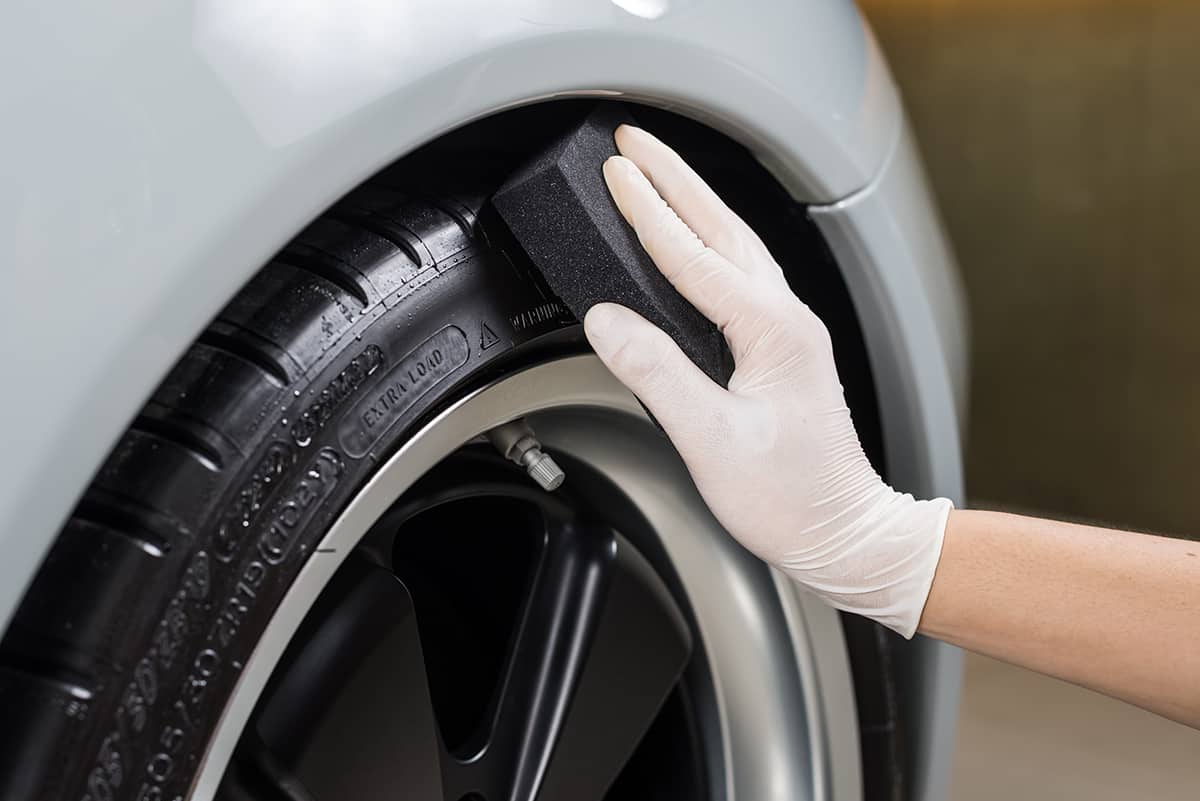
As with any product, OWL tires come with certain drawbacks and face criticism.
Maintenance and Cleaning
OWL tires demand a higher level of maintenance than standard blackwall tires. Their very design, aimed at standing out, means that any dirt or discoloration becomes immediately apparent.
- Frequent Cleaning Required: The white letters tend to attract dirt and grime from the road. To maintain their pristine look, owners often find themselves cleaning their tires more regularly.
- Special Cleaners: Generic or abrasive cleaning solutions might stain or yellow the white lettering. This necessitates specialized cleaners, adding to maintenance costs.
Aging and Discoloration
All tires show signs of wear and age, but with OWL tires, aging isn’t just functional—it’s visual.
- Sun Exposure: Prolonged exposure to sunlight can yellow the white lettering, diminishing the contrast and aesthetic appeal.
- Weathering: In regions with extreme weather conditions, the white lettering might face accelerated wear, leading to patchiness or uneven fading.
Caring for Your OWL Tires
Maintaining the pristine look of OWL tires can be a bit more challenging than with standard blackwall tires due to their distinctive design. However, with the right care regimen, you can ensure they remain striking and bright.
Routine Cleaning
- Mild Soap Solution: Use a bucket of warm water mixed with a gentle car wash soap. Avoid harsh chemicals or abrasive solutions, as they can stain the white letters.
- Soft Bristle Brush: Gently scrub the tire, focusing on the white letters, to remove road grime and dirt. A soft bristle brush ensures the tire’s surface isn’t damaged.
- Rinse and Dry: After scrubbing, rinse the tire thoroughly with water. Using a microfiber cloth, pat dry to avoid water spots.
Using Oil-Based Pens to Fill in Letters
- Choose the Right Pen: Opt for an oil-based white paint marker. These are commonly available at auto parts stores or craft shops.
- Clean the Area: Before starting, ensure the tire, especially the letters, is clean and dry. Any dust or moisture can prevent the paint from adhering correctly.
- Shake the Pen: Shake the pen well to mix the paint inside.
- Test on a Small Area: Before filling in all the letters, test on a small, inconspicuous section of a letter to ensure you’re satisfied with the result.
- Fill in the Letters: Using the pen, carefully trace and fill in the letters. Maintain consistent pressure for even application.
- Let it Dry: After filling in all the letters, allow the paint to dry for a few hours. Avoid driving or cleaning the tires during this period.
